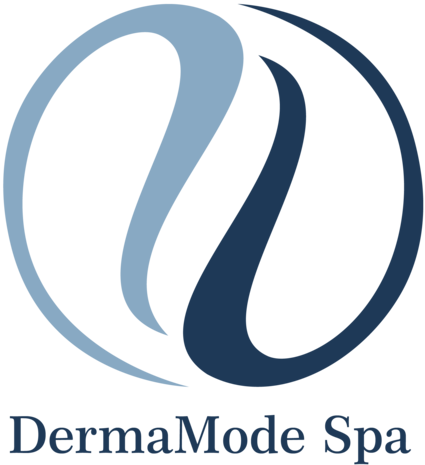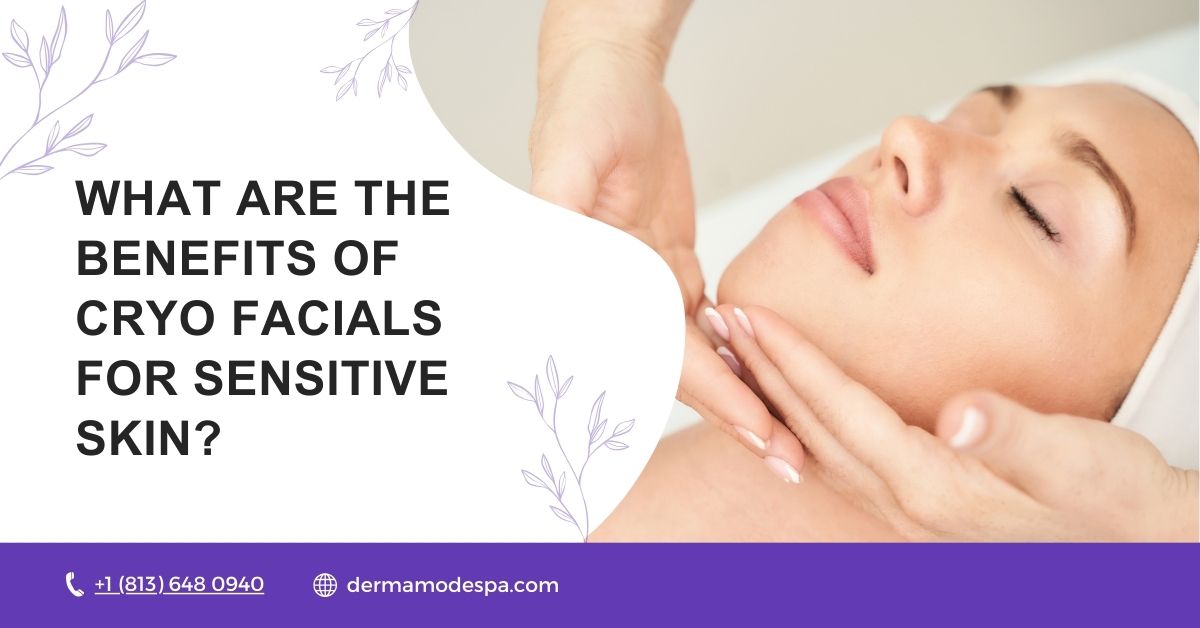Cryo facials have emerged as a revolutionary skincare treatment, particularly for individuals with sensitive skin. Utilizing the power of cryotherapy, these facials harness extremely cold temperatures to rejuvenate the skin, boost elasticity, and improve overall skin health.
The benefits of a cryotherapy facial are numerous, offering a refreshing approach to traditional facial treatments. If you have sensitive skin, or any skin conditions like rosacea, acne, or signs of aging like fine lines and wrinkles, a cryo facial can provide targeted relief while promoting a youthful complexion.
1. Improved Skin Health and Radiance
One of the most significant benefits of cryotherapy facials is their ability to improve skin health and radiance. The cold temperatures stimulate blood flow to the face, enhancing the delivery of essential nutrients to skin cells.
As a result, many individuals with sensitive skin notice a marked improvement in their skin health after just one cryotherapy facial session, with effects that can last for weeks.
Regular treatments, performed every 3 to 5 weeks, can further enhance these benefits, ensuring that your skin remains healthy and radiant.
It is important to note that the duration of Cryo Facial results can vary, typically lasting several weeks. Regular sessions can help maintain the rejuvenated appearance and prolong the benefits.
2. Tighten Pores

Tightening the skin and minimizing pore size is another major advantage of cryo facials for sensitive skin. Pore tightening makes your skin less sensitive to outer elements like humidity, dust, oils, and sweat.
The application of liquid nitrogen during the facial treatment causes the blood vessels to constrict, which can effectively reduce the appearance of pores. This tightening effect helps to create a smoother skin texture, making it an excellent option for those with oily or sensitive skin.
Additionally, the cooling sensation can provide immediate relief from redness and irritation, making cryotherapy facials particularly beneficial for sensitive skin types. By incorporating cryotherapy into your skincare routine, you can not only help reduce pore size but also enhance the overall clarity and smoothness of your complexion.
The combined effects of improved blood flow and collagen production work synergistically to maintain youthful skin and counteract the visible signs of aging.
3. Reduction in Inflammation and Redness
One of the standout benefits of cryo facials for sensitive skin is their remarkable ability to reduce inflammation and redness. The application of extremely cold temperatures during a cryotherapy facial works to constrict blood vessels, which can significantly diminish the appearance of redness caused by conditions such as rosacea, eczema, and psoriasis.
By targeting these specific skin concerns, cryo facials can calm irritated skin, providing an immediate soothing effect. This is particularly beneficial for those who experience flare-ups, as the facial can effectively reduce the swelling and discomfort associated with these conditions.
Moreover, the cooling sensation of a cryo facial can also help alleviate discomfort from acne breakouts. By reducing inflammation, these treatments can promote faster healing of blemishes, leading to a clearer complexion over time.
Many clients with sensitive skin report that their skin feels less reactive and more resilient after a cryotherapy facial session. The lymphatic drainage benefits of cryo facials further enhance their effectiveness, helping to eliminate toxins from the skin and reduce puffiness.
As a result, individuals often notice a marked reduction in redness and a more balanced skin tone following regular treatments, typically recommended every 3 to 5 weeks. This not only revitalizes the skin but also fosters a sense of well-being, making cryo facials an essential part of a sensitive skin care regimen.
4. Increased Collagen Production
Another significant advantage of cryo facials is their role in boosting collagen production, a vital component for maintaining skin’s elasticity and youthful appearance. Collagen is a protein that helps to support the skin structure, especially important for sensitive skin, and its decline is often responsible for the development of fine lines and wrinkles.
During a cryotherapy facial, the cold temperatures stimulate the skin cells, triggering a natural healing response that encourages the production of new collagen. This process not only helps to rejuvenate the skin but also contributes to a firmer and plumper complexion.
The benefits of increased collagen production extend beyond aesthetic improvements. With enhanced collagen levels, skin becomes more resilient against environmental stressors, which is particularly important for sensitive skin types. Regular cryo facials can also help in minimizing the appearance of fine lines, making them an excellent choice for those looking to maintain a youthful glow.
When combined with the other advantages of cryotherapy, such as improved blood flow and reduced inflammation, the overall effects can lead to a more radiant and well-hydrated complexion. Clients often find that their skin feels more supple and looks visibly healthier after a few sessions.
Thus, incorporating cryo facials into a skincare routine not only boosts collagen but also reinforces the skin’s natural defenses, providing lasting benefits for sensitive skin.
Other Benefits of Cryotherapy

1. Pain Relief and Muscle Recovery
Cryotherapy is renowned not only for its aesthetic benefits but also for its therapeutic applications, particularly in pain relief and muscle recovery. The application of extremely cold temperatures during cryotherapy facials can facilitate the reduction of inflammation, which is crucial for individuals suffering from conditions such as arthritis and rheumatoid arthritis.
By constricting blood vessels, cryotherapy can help minimize swelling and discomfort, allowing for a quicker recovery time after intense workouts or injuries. This technique can also stimulate the production of endorphins, the body’s natural painkillers, leading to an overall enhanced sense of well-being.
Many athletes and fitness enthusiasts incorporate cryotherapy into their recovery regimen to help speed up healing, reduce soreness, and maintain peak performance levels. Ultimately, regular cryotherapy sessions can serve as an effective strategy for managing pain and promoting long-term muscle health.
2. Improved Mood and Mental Well-being
The benefits of cryotherapy extend beyond physical health, as many clients report significant improvements in mood and mental well-being after sessions. Exposure to cold temperatures triggers a release of endorphins, which can lead to feelings of happiness and relaxation.
Additionally, cryotherapy facials can help alleviate symptoms of anxiety and depression by promoting a sense of calm and reducing stress levels. The invigorating experience of a cryo facial not only rejuvenates the skin but also refreshes the mind. This mental clarity can enhance focus and productivity, making it an ideal addition to a wellness routine.
Furthermore, by integrating cryotherapy into their self-care practices, individuals can foster a proactive approach to mental health, ultimately contributing to a more balanced lifestyle.
3. Boosted Metabolism and Weight Loss
Another remarkable benefit of cryotherapy is its potential to boost metabolism and aid in weight loss. The exposure to cold temperatures compels the body to work harder to maintain its core temperature, which can increase metabolic rate. This heightened metabolic response can aid in burning calories more efficiently, thus contributing to weight loss efforts.
Furthermore, cryotherapy facials can help improve circulation and blood flow, which plays a critical role in overall metabolic health. Many individuals find that incorporating cryotherapy into their fitness regimen not only assists in managing weight but also enhances their energy levels and stamina.
As part of a comprehensive approach to health, the benefits of cryotherapy facials can complement other healthy lifestyle choices, providing an added advantage in achieving fitness goals.

